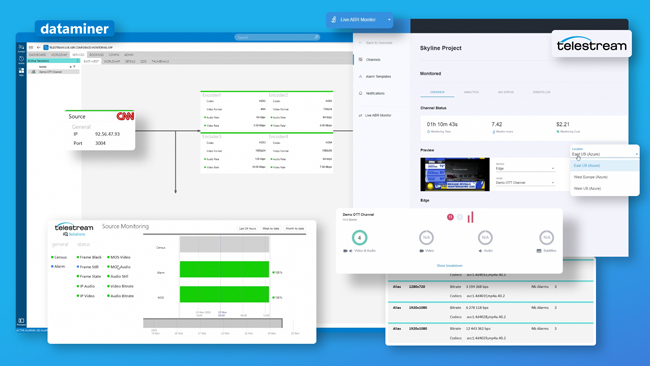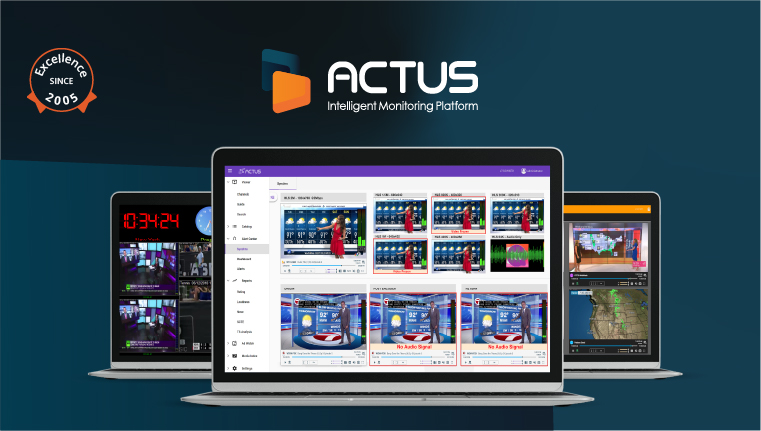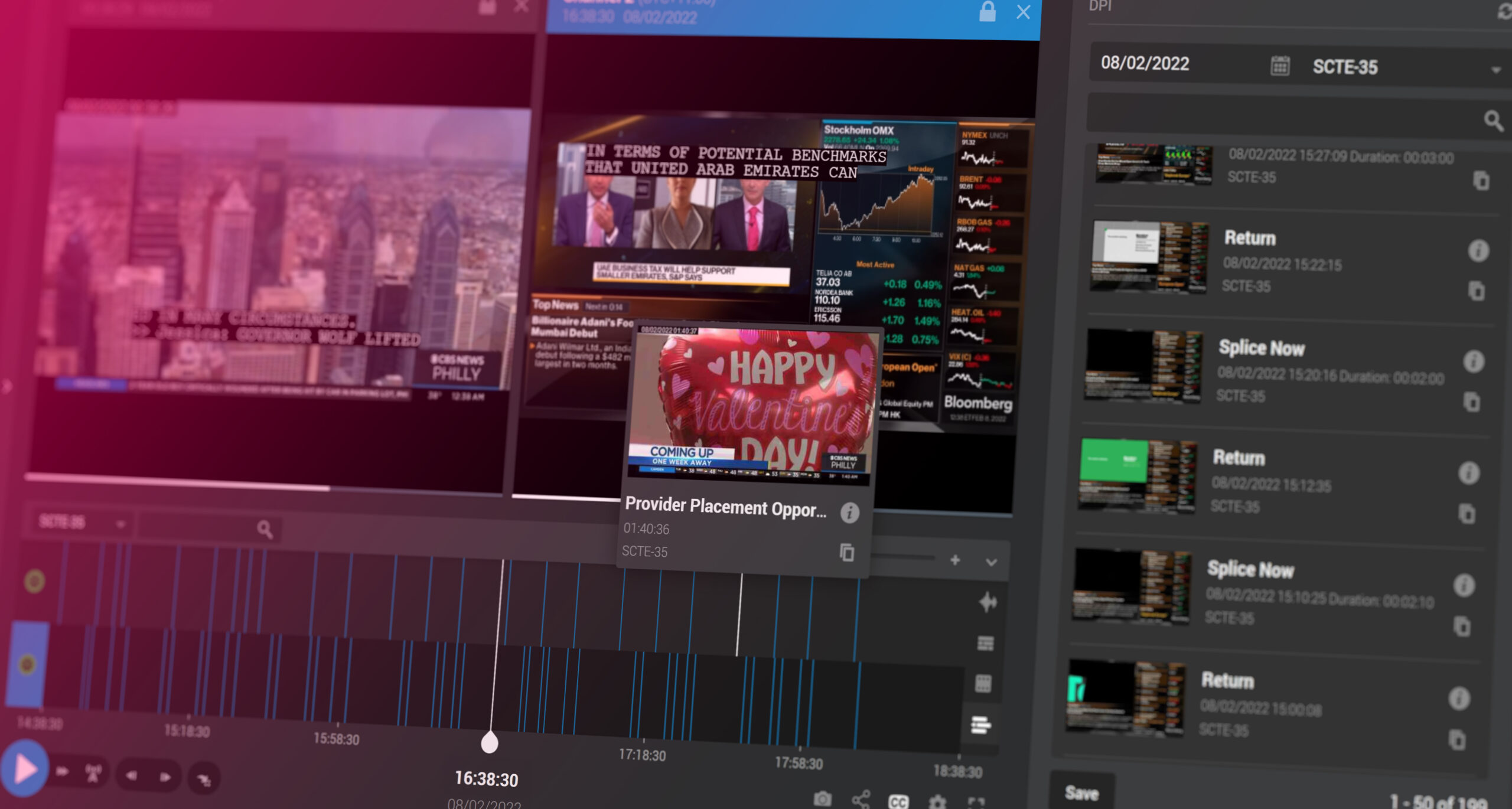The sports broadcasting industry is witnessing a paradigm shift as cloud-based production and distribution technologies continue to revolutionize the way content creators and broadcasters operate. Cloud solutions are empowering these players to scale their operations, streamline workflows, and deliver high-quality content to viewers across multiple devices and platforms. In this article, we will explore the benefits, key trends, and success stories of cloud-based production and distribution in the sports broadcasting sector.
Efficiency and Cost-Effectiveness
One of the most significant advantages of adopting cloud-based technologies in sports broadcasting is the cost savings and increased efficiency. Traditional production and distribution methods often involve substantial investments in hardware, software, and personnel. By leveraging the cloud, broadcasters can access advanced tools and resources on-demand, eliminating the need for expensive on-premise infrastructure. This approach enables organizations to scale their operations and reduce costs while maintaining flexibility.
Remote Production and Collaboration
With the rise of remote work and the need for global collaboration, cloud-based solutions have become increasingly valuable for sports broadcasters. Remote production allows professionals to access footage, edit, and collaborate on projects from virtually anywhere, reducing the need for teams to be physically present at events. This capability not only reduces travel expenses but also enables broadcasters to tap into a global talent pool and quickly assemble teams for specific projects.
Enhanced Content Distribution
As viewers’ consumption habits continue to evolve, with more people watching sports content on various devices and platforms, cloud-based distribution is becoming crucial for meeting these demands. Cloud solutions enable broadcasters to quickly and easily deliver content to multiple platforms, including traditional linear television, streaming services, and social media. This adaptability ensures that sports fans can enjoy their favorite events on their preferred devices without any compromise in quality.
Real-Time Data Integration
The cloud also facilitates real-time data integration in sports broadcasts, allowing for seamless overlays of advanced analytics, graphics, and interactive features. This capability enhances the viewing experience by providing fans with in-depth insights into their favorite sports and athletes, fostering greater engagement.
Success Stories
Many sports organizations and broadcasters have already adopted cloud-based production and distribution workflows. For example, Major League Baseball (MLB) uses cloud technology to manage, store, and distribute their massive archive of video content. This approach has allowed the MLB to efficiently deliver content to their partners and fans while simplifying their internal workflows.
Similarly, the English Premier League (EPL) has embraced cloud-based solutions to streamline their production and distribution processes, enabling them to reach a global audience with unprecedented efficiency.




